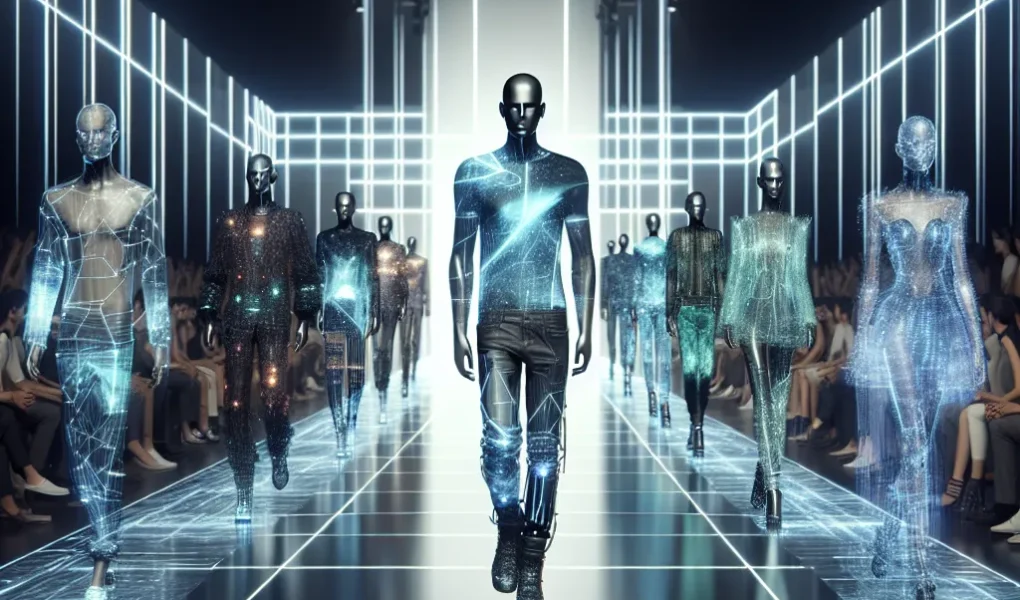The Role of 3D Printing in Revolutionizing Fashion Design
Technology has revolutionized the fashion industry in various ways, with one of the most significant advancements being the advent of 3D printing. The role of 3D printing in fashion design is transformative, offering designers unprecedented freedom in creating complex and intricate designs that were once impossible to achieve using traditional manufacturing methods. This technology allows for the production of unique garments and accessories that are tailored to individual preferences and body shapes, ushering in a new era of personalized and sustainable fashion.
Furthermore, 3D printing has led to a redefinition of the production process, with a focus on minimizing waste and optimizing material usage. This shift towards sustainability is crucial in an industry known for its environmental impact. With 3D printing, designers can precisely control the amount of material used, reducing the overall carbon footprint of the manufacturing process.
From a consumer perspective, the impact of 3D printing is equally profound. Customization and personalization are at the forefront of the consumer experience, as individuals can now play a more active role in the design and production of their clothing and accessories. This level of involvement creates a deeper connection between consumers and the items they wear, leading to greater satisfaction and a sense of ownership.
In conclusion, the role of 3D printing in revolutionizing fashion design cannot be overstated. Its influence extends from the creative process of designers to the hands of consumers, shaping the industry towards a more sustainable, personalized, and technologically-driven future.
Virtual Reality in the Fashion Industry: Enhancing Consumer Engagement
Virtual reality (VR) technology has made a significant impact on the fashion industry, revolutionizing the way consumers engage with brands and products. By leveraging VR, fashion designers and retailers have been able to enhance consumer engagement in unprecedented ways, creating immersive and interactive experiences that bridge the gap between the physical and digital worlds.
One of the key areas where VR has transformed the fashion industry is in the realm of virtual shopping. Through VR technology, consumers can now explore virtual stores and try on clothing and accessories in a simulated environment, offering a more personalized and engaging shopping experience. This not only allows for greater convenience but also helps consumers make more informed purchasing decisions.
Furthermore, VR has opened up new possibilities for fashion designers to showcase their creations. Virtual fashion shows and presentations enable designers to connect with a global audience in a way that was once limited to physical attendance. This level of accessibility not only democratizes the fashion industry but also allows for a more inclusive and diverse representation of talent.
From a marketing perspective, VR has enabled brands to create compelling storytelling experiences that resonate with consumers on a deeper level. By transporting individuals into immersive virtual worlds, fashion companies can convey their brand identity and values in a more impactful manner, fostering stronger emotional connections with their target audience.
In conclusion, the integration of virtual reality technology in the fashion industry has redefined consumer engagement, offering a more immersive, interactive, and personalized experience. As VR continues to advance, its potential to shape the future of fashion design and consumer interaction is boundless, paving the way for innovative and transformative experiences in the years to come.
Sustainable Fashion Tech: Innovations and Environmental Impact
Technology has revolutionized the fashion industry, impacting not only the design process but also the overall consumer experience. In recent years, the concept of sustainable fashion tech has gained significant attention, with a focus on innovations that minimize environmental impact. Sustainable fashion tech encompasses a wide range of advancements, including the use of eco-friendly materials, zero-waste production techniques, and the integration of digital tools to streamline the design and manufacturing processes.
One of the key innovations in sustainable fashion tech is the development of fabric made from recycled materials, such as plastic bottles or ocean waste. This not only reduces the reliance on virgin resources but also helps in alleviating the burden on landfills and oceans. Additionally, advancements in biodegradable textiles offer a promising solution to the issue of textile waste, providing an environmentally friendly alternative to traditional synthetic fabrics.
Furthermore, the implementation of zero-waste production techniques, such as 3D knitting and digital pattern making, has significantly reduced fabric waste during the manufacturing process. By utilizing technology to optimize the use of materials, fashion designers can minimize their environmental footprint while maintaining high-quality production standards.
Moreover, the integration of digital tools, such as virtual prototyping and computer-aided design (CAD) software, has transformed the way fashion products are designed and developed. These tools not only enhance the efficiency of the design process but also contribute to the reduction of physical prototyping, thereby decreasing material waste.
In conclusion, sustainable fashion tech has brought about innovative solutions to minimize the environmental impact of the fashion industry. By embracing technology-driven sustainable practices, fashion designers and brands are not only contributing to environmental conservation but also meeting the growing consumer demand for ethically produced and eco-friendly fashion products.



